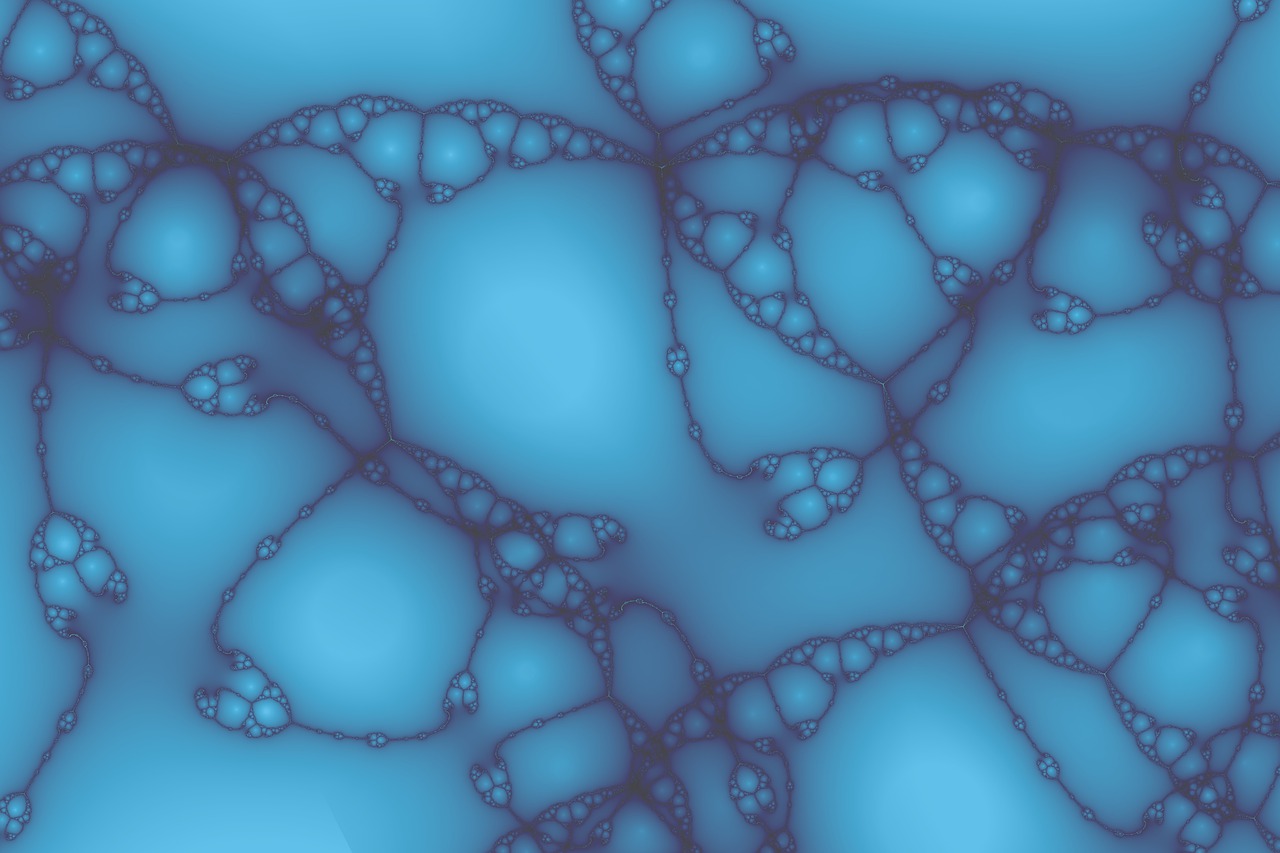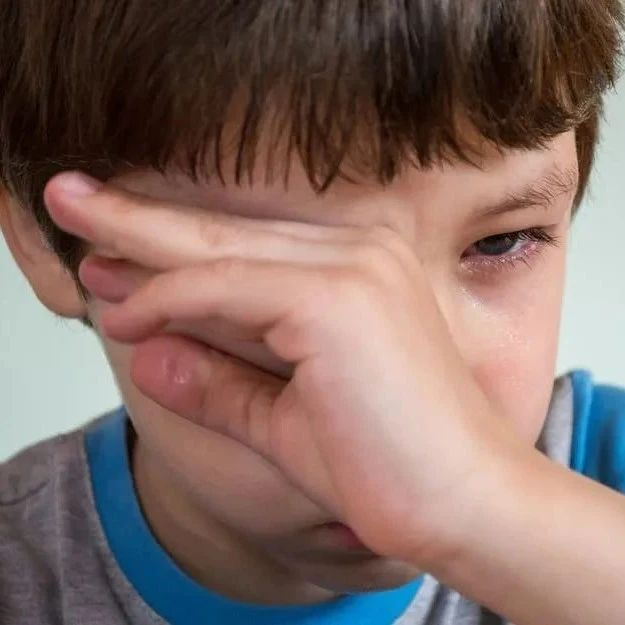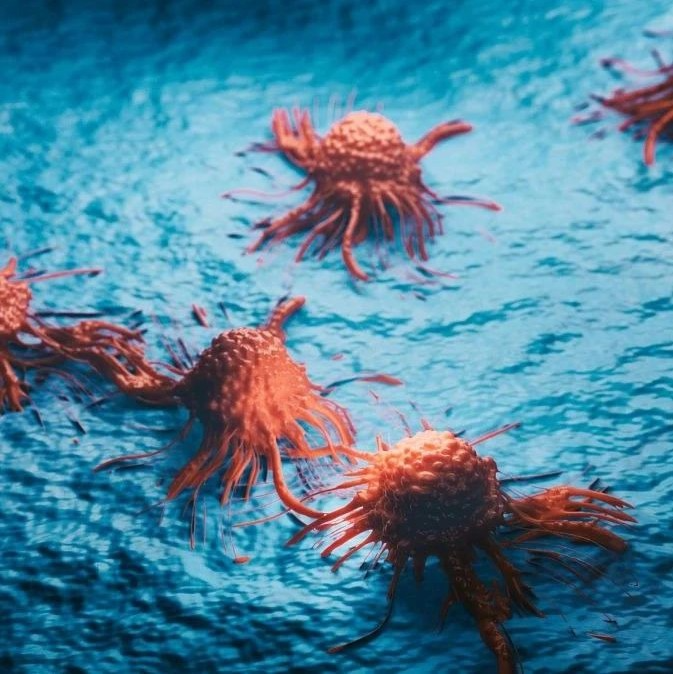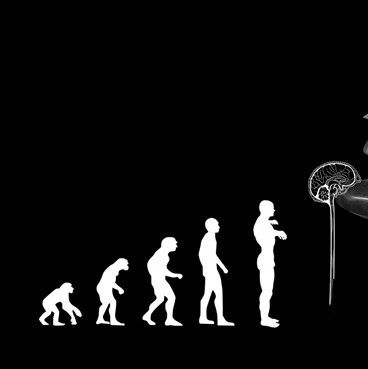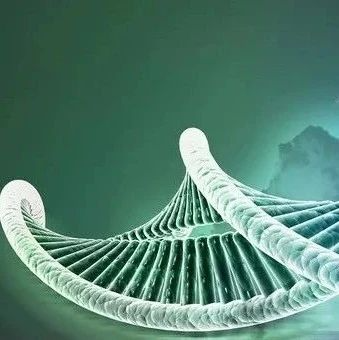专题:Science报道
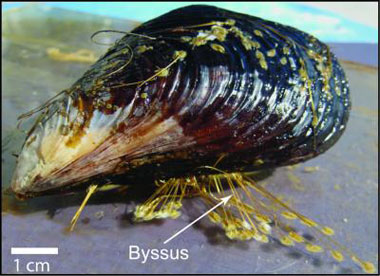
贻贝用足丝牢牢的粘在海边的岩石上
资料来源: Matthew Harrington
据3月5日的《科学》杂志报道说,研究人员通过对海洋贻贝进行显微镜观察后发现,使这些软体动物坚固附着在岩石海岸上的强力细丝之中含有一种充满金属离子的蛋白质外层被盖,使得这些细丝同时具有超高的硬度和延展性。 将来,人们对这种由金属离子所结合在一起的生物性富含蛋白质的脚手架的理解也许还可帮助科学家对工业材料的某些合意的性质(如增加强度、自我修复及附着性等性质)进行微调。
Matthew Harrington及其同僚用Raman显微镜对贻贝的足丝(通常被称为“胡须”)进行了研究并发现,它们的外表皮中富含一种叫做dopa(多巴)的特别氨基酸,而dopa是一种强劲的粘合剂。 他们还发现,该外表皮中的铁离子特别多。 按照这些发现,研究人员建立了一个反映这种生物脚手架的模型,并描述了其不同寻常的集束性分布。而dopa和铁的致密交叉耦合使得足丝具有其硬度,而交叉耦合较少的地区则使足丝具有其延展性。
推荐原始出处:
Science March 4, 2010 DOI: 10.1126/science.1181044
Iron-Clad Fibers: A Metal-Based Biological Strategy for Hard Flexible Coatings
Matthew J. Harrington,1,*, Admir Masic,1, Niels Holten-Andersen,2,3 J. Herbert Waite,4 Peter Fratzl1
The extensible byssal threads of marine mussels are shielded from abrasion in wave-swept habitats by an outer cuticle that is largely proteinaceous and ~5-fold harder than the thread core. Threads from several species exhibit granular cuticles containing a protein rich in the catecholic amino acid 3,4-dihydroxyphenylalanine (dopa), as well as inorganic ions, notably Fe3+. Granular cuticles exhibit a remarkable combination of high hardness and high extensibility. We explore byssus cuticle chemistry by in situ resonance Raman spectroscopy and demonstrate that the cuticle is a polymeric scaffold stabilized by catecholato-iron chelate complexes having an unusual clustered distribution. Consistent with byssal cuticle chemistry and mechanics, we present a model where dense cross-linking in the granules provides hardness, whereas the less cross-linked matrix provides extensibility.
1 Department of Biomaterials, Max Planck Institute for Colloids and Interfaces, Potsdam 14424, Germany.
2 Biomolecular Science and Engineering, University of California, Santa Barbara, CA 93106, USA.
3 Department of Chemistry, University of Chicago, Chicago, IL 60637, USA.
4 Department of Molecular, Cellular, and Developmental Biology, University of California, Santa Barbara, CA 93106, USA.


